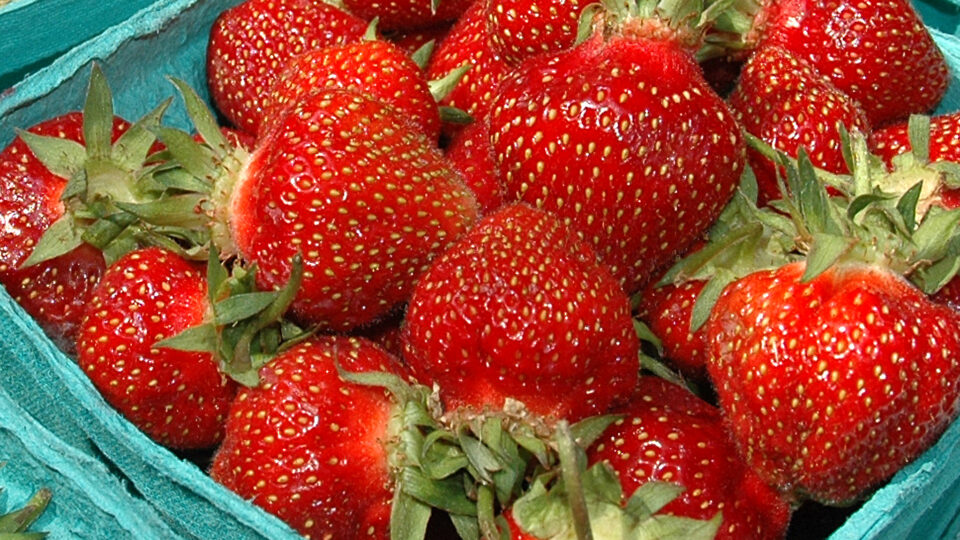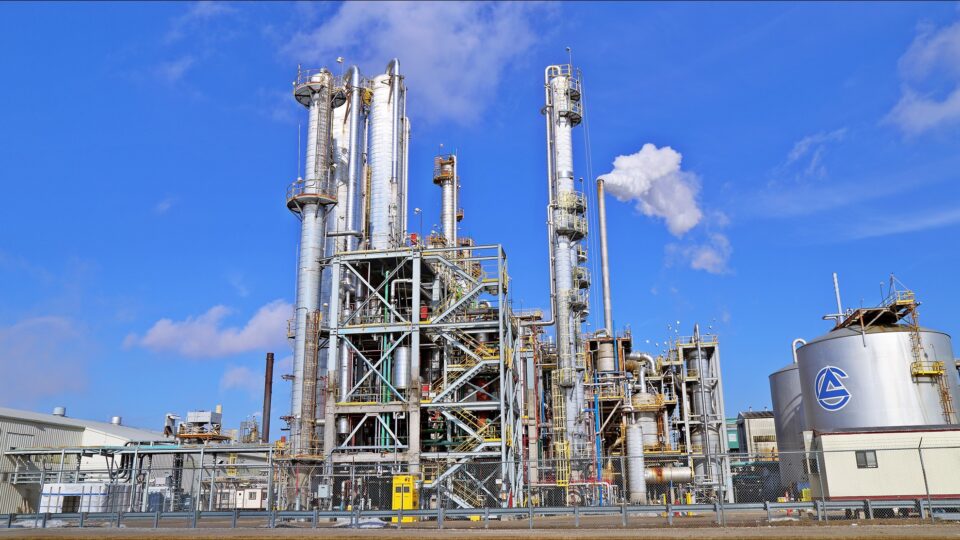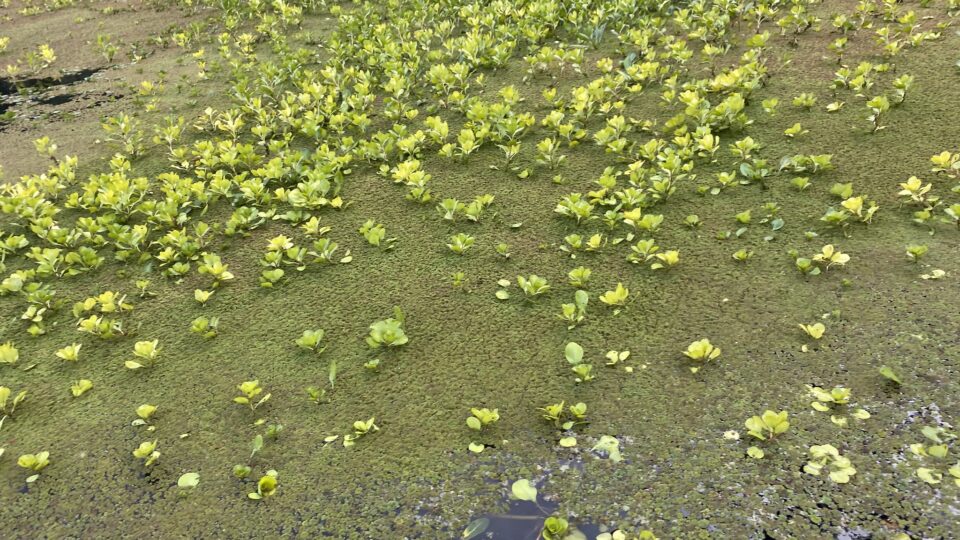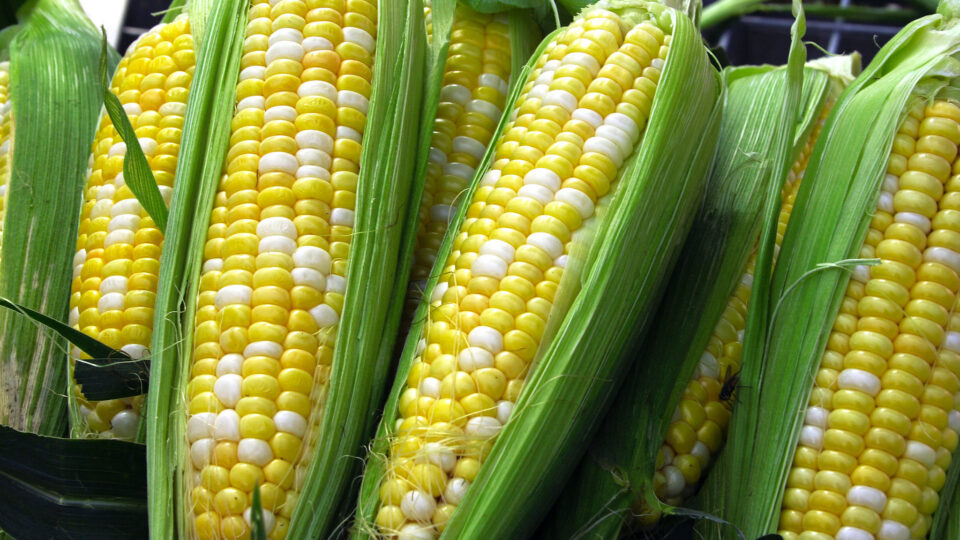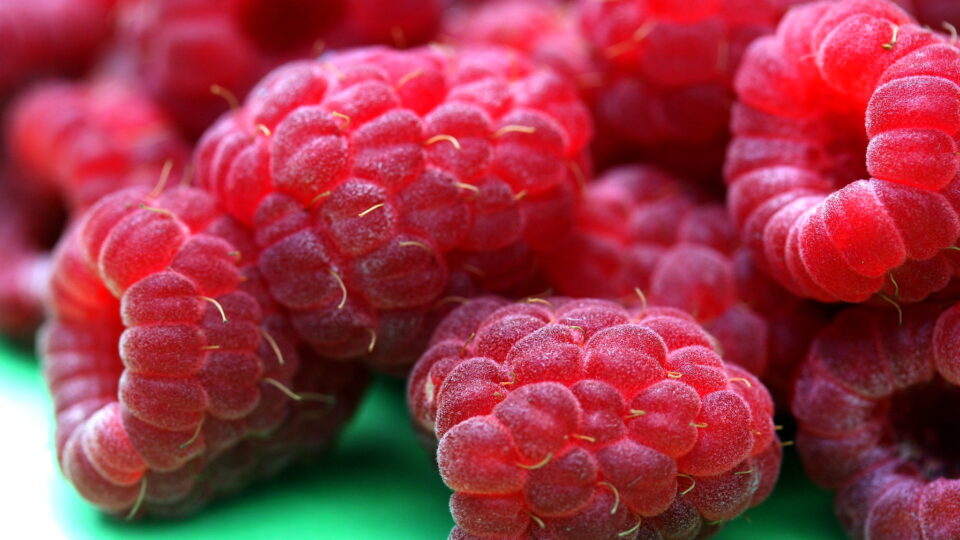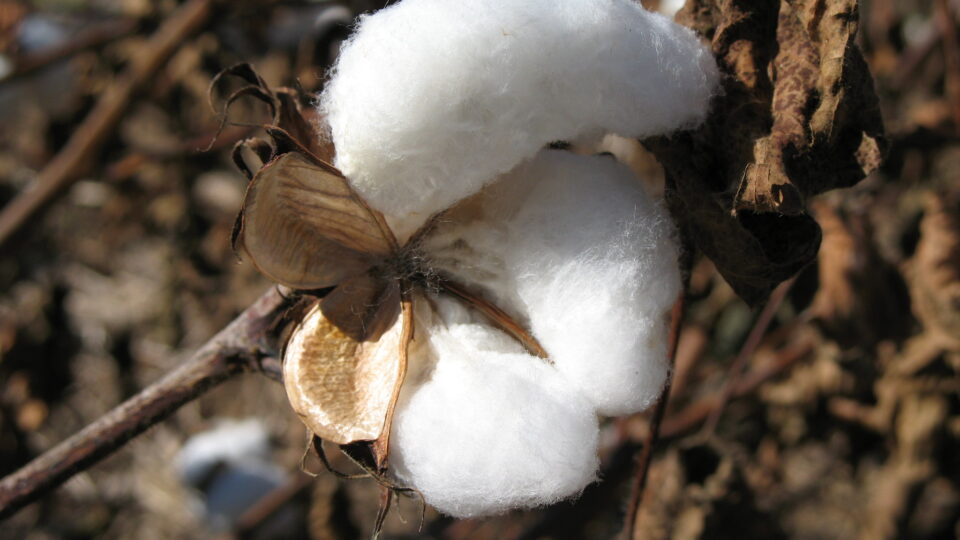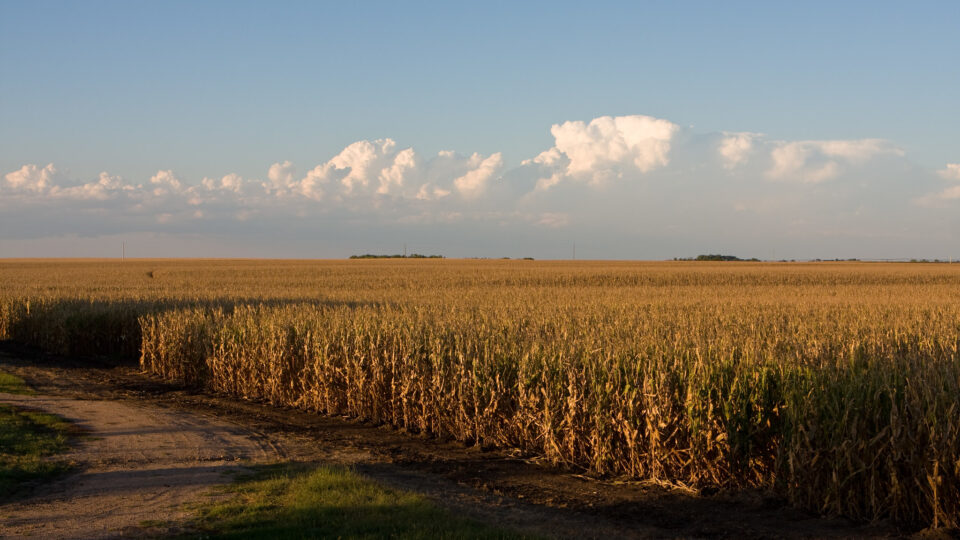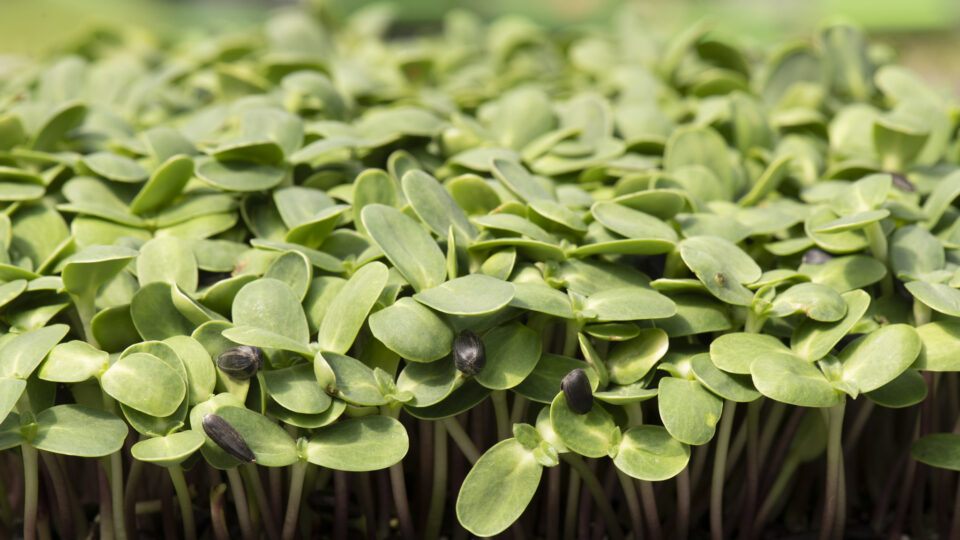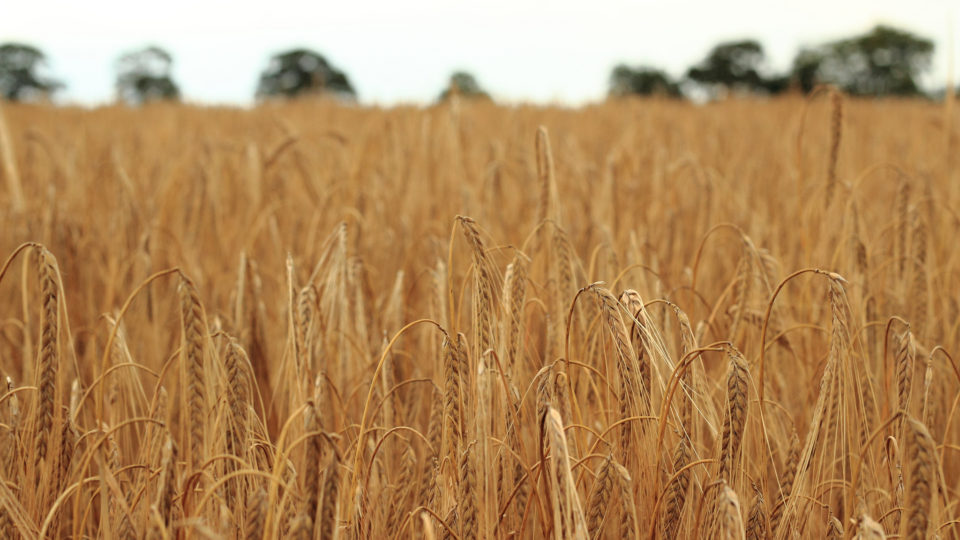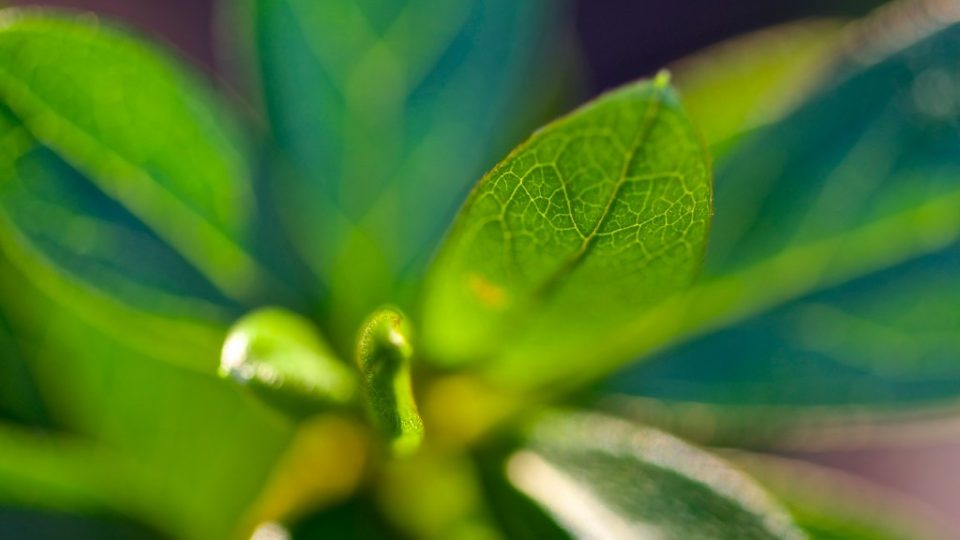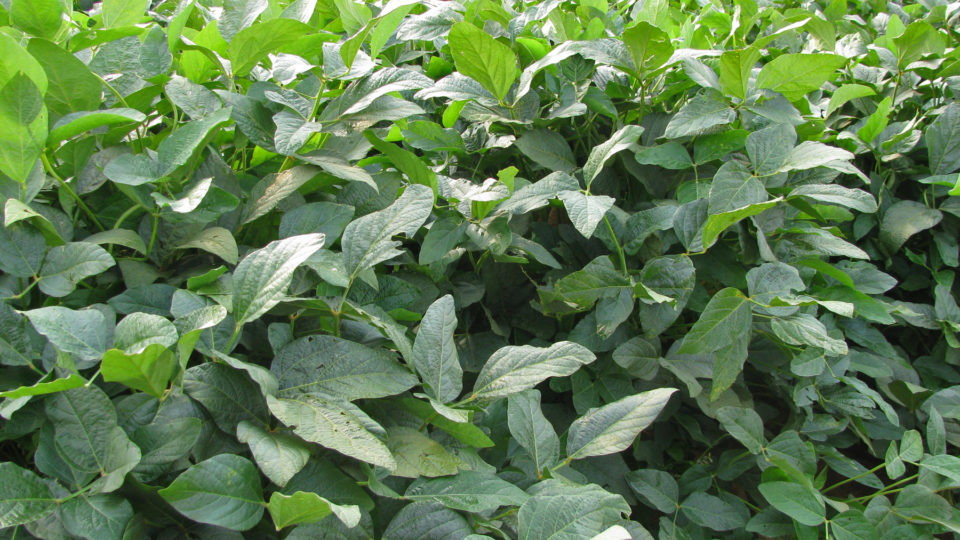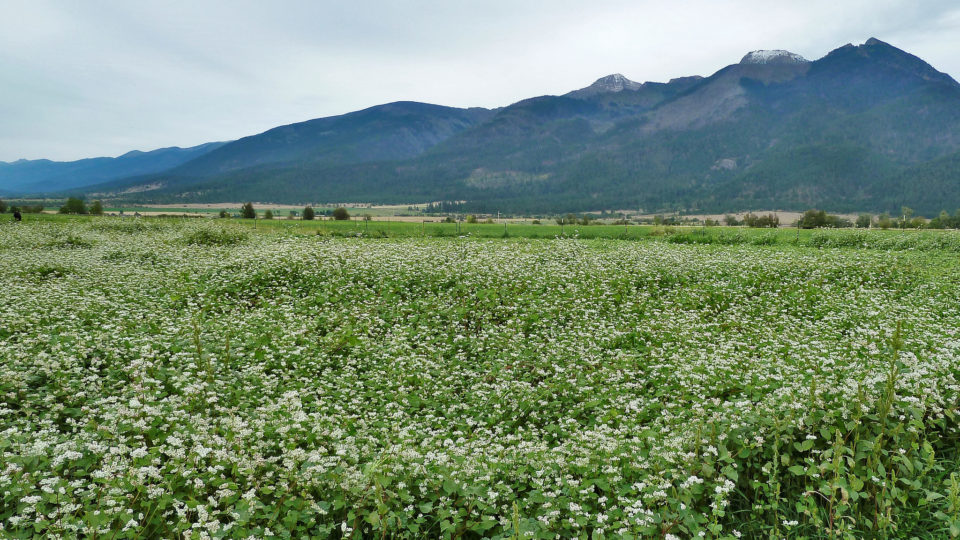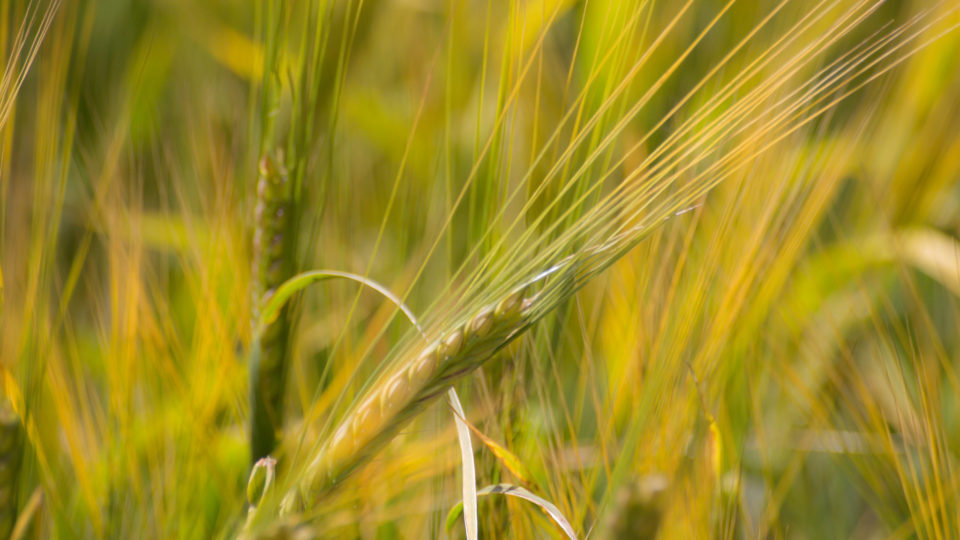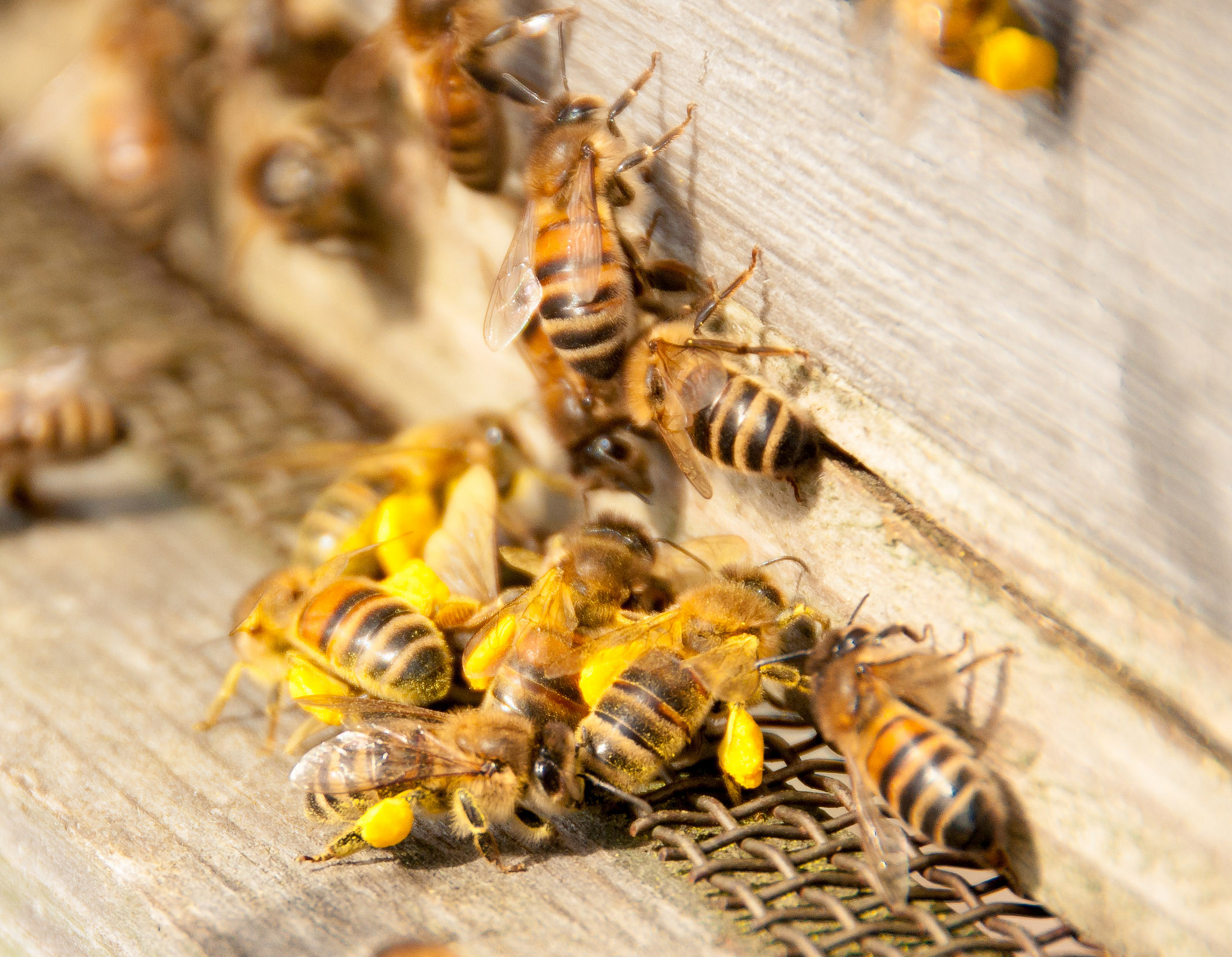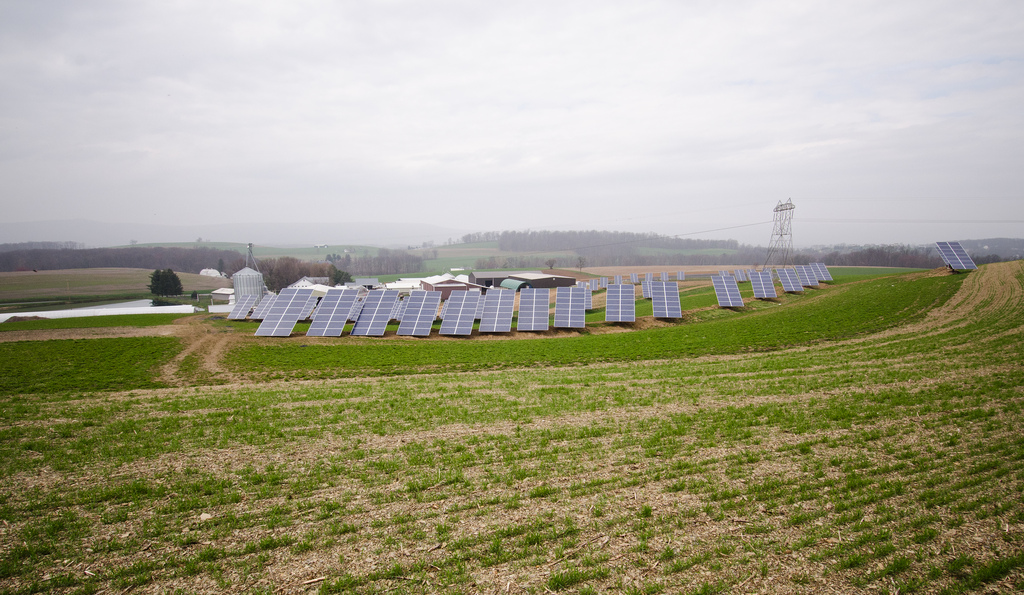The demand for strawberries continues to climb around the world. According to data from World Population Review, China remains the global leader in strawberry production, a spot it’s held since 1994. Last year, China produced 3.3 million tons of strawberries, followed by the United States at 1.05 million tons, Egypt at 597,000 tons, and Mexico at 557,000 tons.
While strawberries are grown coast to coast in the U.S., California and Florida are the top two strawberry-producing states due to their favorable climate conditions. In fact, California produces more than 90% of the domestic strawberry crop. But Florida plays a key role in domestic strawberry production as well by growing the majority of the winter crop.
A new study by researchers from the University of Waterloo in Canada has examined the effect of climate change on California’s strawberry crop. According to the research team, strawberries could be fewer and more expensive because of the higher temperatures caused by climate change. The report, which was recently published in the journal Sustainability, found that a 3° Fahrenheit rise in temperature could reduce strawberry yields by up to 40%.
According to the researchers, the impact of climate change on strawberry production could be mitigated by implementing certain sustainable farming practices. These include optimizing irrigation to ensure adequate water supply during heat waves and using shading plants and shade structures to mitigate heat stress.
Understanding how rising temperatures affect crop yields should encourage farmers and governments to develop sustainable agriculture responses to global warming.
**********
Web Links
Strawberry Production by Country 2024
Researchers predict fewer, pricier strawberries as temperatures warm
Photo, posted June 3, 2007, courtesy of David Slack via Flickr.
Earth Wise is a production of WAMC Northeast Public Radio
